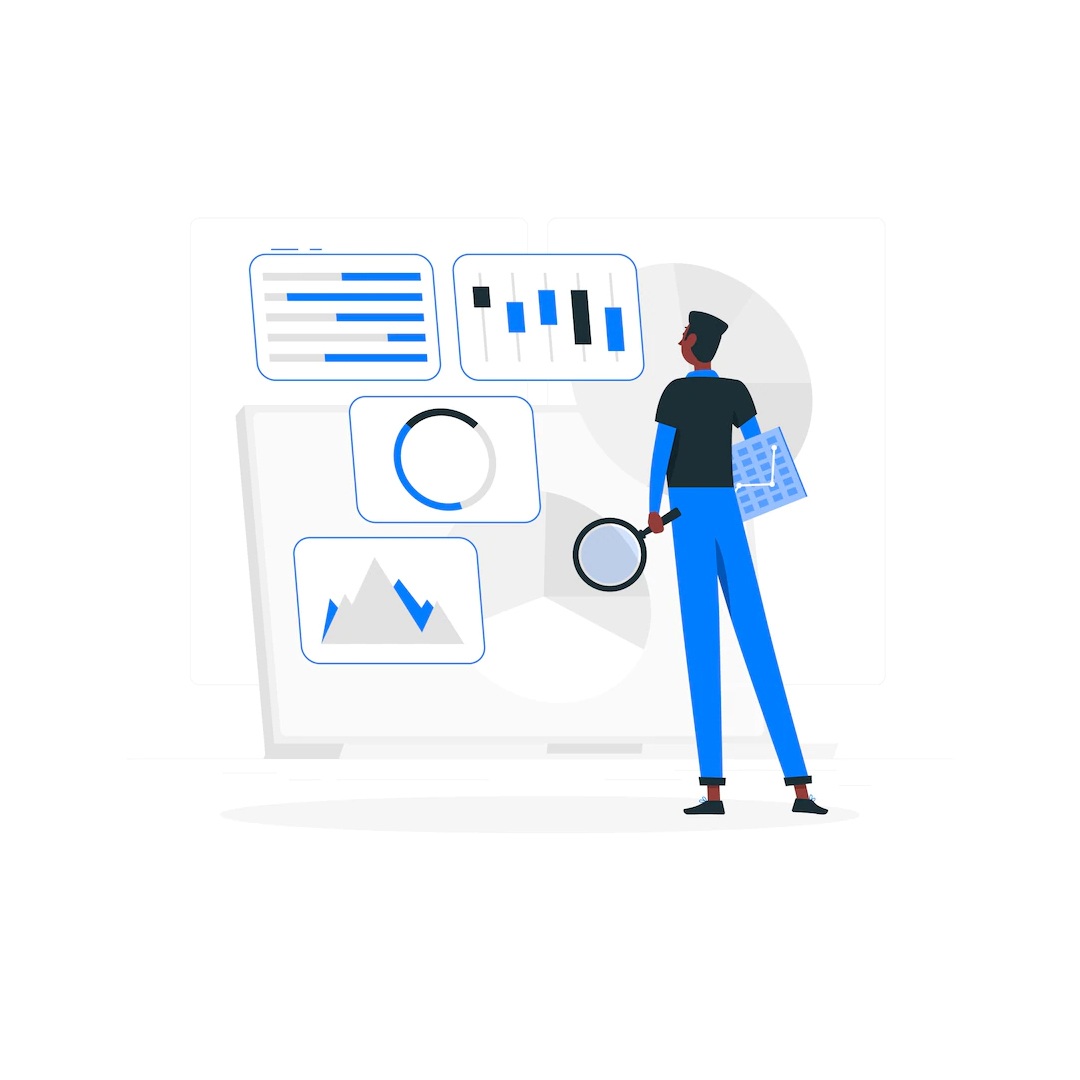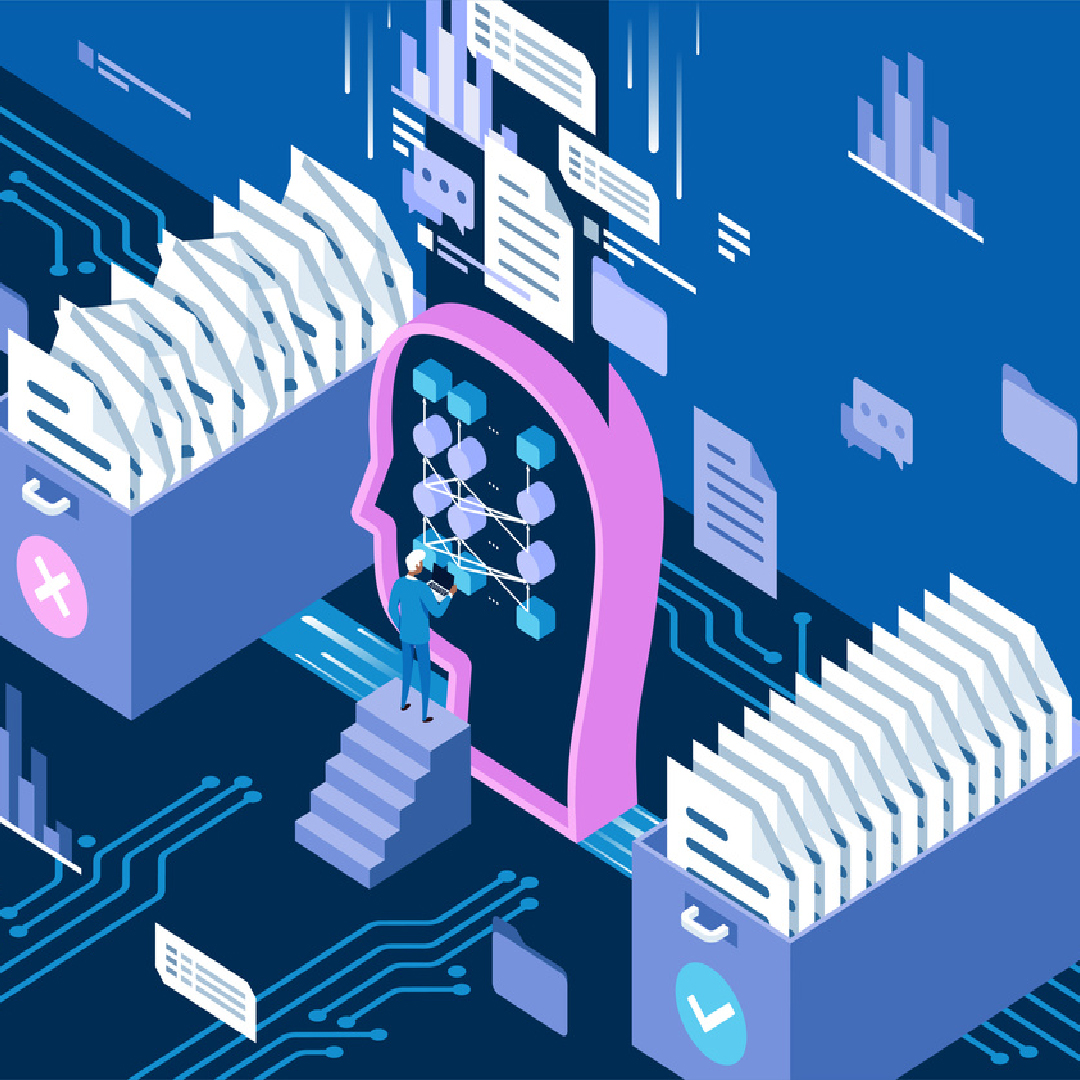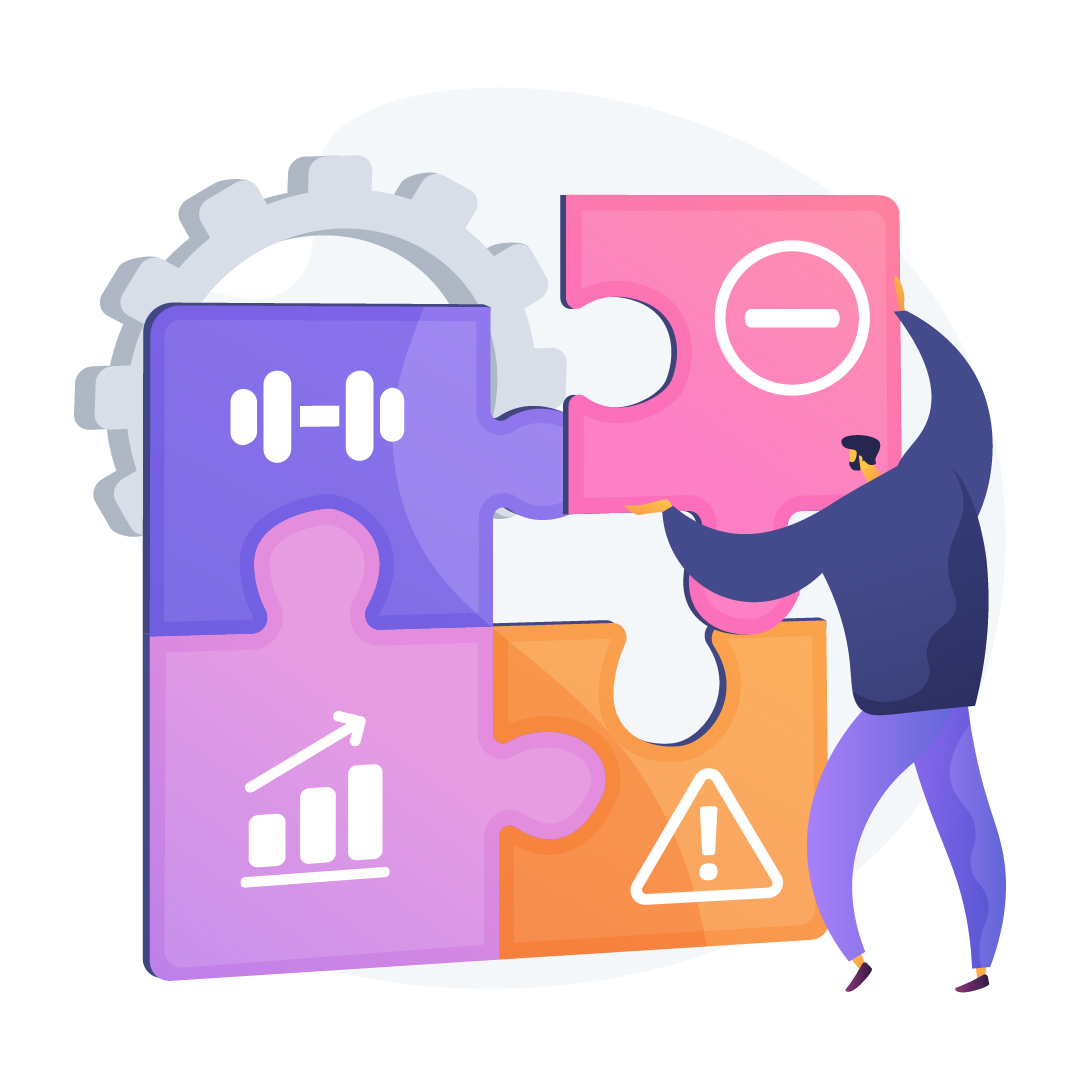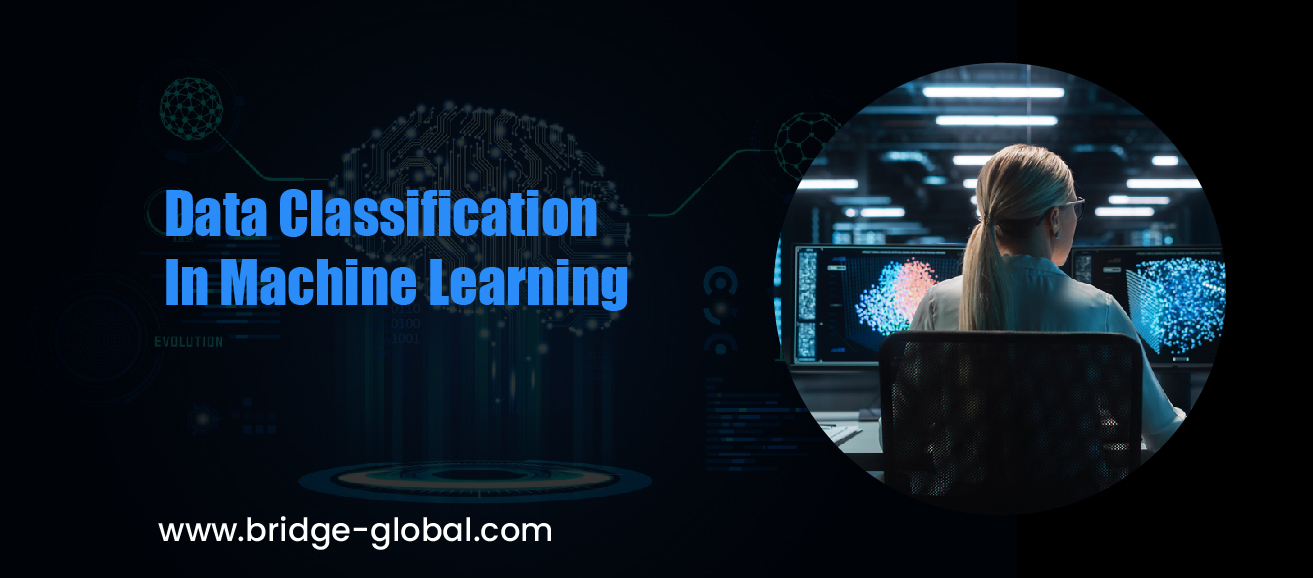How To Implement Data Classification In Machine Learning
Organizations need to organize data into categories using the data classification process to enable easy retrieval, sorting and storing of data. Here in this blog, you are going to glean insights on data classification in Machine Learning (ML).
There are no limits to human ingenuity. That’s clearly demonstrated by how advanced technology is in this day and age. Because as the goal for convenience continues to be pursued, more ideas only cropped up along the way.
One of these ideas is for technology to develop its own sentience. After all, when you think about it, the way the brain works somewhat resembles how a piece of technology works in the first place.
The beginnings of ‘sentience’ can be seen in artificial intelligence (AI) used by machine learning. Artificial intelligence is a branch of computer science that deals with the imitation of how humans process learning. As they’re learning, you can see these pieces of technology gradually improving with the more information it’s exposed to. The role of AI data classification is gaining a significant role in modern business.
But regardless of how advanced technology is, it’s still nowhere near replicating the intricacies of the human brain. Because unlike humans, technology is likely to break down eventually after taking in too much data. Once that happens, it can’t bounce back the same way humans do. Hence, it has to wait for a professional to repair it once more. As continuous repairs are extremely tedious–-not to mention expensive–-tech experts designed a solution called data classification.
What Is Data Classification?

As a concept, classification is nothing new. After all, humans by themselves are capable of classifying information without any technology as all you have to do is group up ideas with similar qualities together.
Likewise, technology can also accomplish that using different algorithms. Through them, categorizing different sets of data into their respective classes can be done, regardless if the data is structured or unstructured. Moreover, there are different data classification levels based on the ease of access.
Unstructured data classification implies the absence of labels that identify each data set. Although that might sound troublesome, it can still be resolved using another machine learning method called clustering. While similar, clustering separates unlabeled groups based on their similarities using different configurations to enable it without supervision. If you want to find out more about it from machine learning experts, you can read their original article.
Nonetheless, if you’re set on implementing data classification on your system, here are the things you must do:
Steps to Implement Data Classification
1. Determine Your Purpose
Even though data classification is a simple concept, it doesn’t stop there when it comes to machine learning. As it’s modelled after supervised learning, machine learning has to follow an example instead of analyzing multiple datasets to perform optimally. While this guarantees a more efficient approach, data classification can only happen as long as the program has a set purpose.
Programmers have various reasons for implementing data classification. These reasons range from conserving privacy to securing public domain. Because the information is meant to be seen by the public eye, retaining data security is common in both areas, albeit it’s much more heavy-handed when it comes to sensitive data.

For example, public data grants the public permission to view the information found there. In this case, data classification must be gathered from basic information, such as contact information or your browser cookie policy.
At the same time, restricted data requires high-level security from your programmed data classification. Otherwise, any sensitive data stored within will be at risk financially or legally.
3. Train the Algorithm

As mentioned earlier, classification can only happen as long as it has an example it can follow. Generally, this example is enabled through supervised learning. By presenting an example of which mail is labelled spam or not, the algorithm can broaden its learning capabilities by looking for patterns instead of sticking with its pre-categorized training datasets alone.
However, just like with the human brain, there are different kinds of learners in classification: lazy and eager.
Lazy learners are models focusing more on the information presented before them instead of lingering on their pre-categorized datasets. In contrast, eager learners construct classifying models of their own when processing data using the pre-categorized training datasets stored inside them. Hence, they’d much rather study than do predictions.
By presenting your program with various examples, you can analyze whether or not the way the machine learns aligns with your goal. The longer you train it, the better you can pinpoint any anomalies in the learning that require your attention. As a result, your program will act according to the parameters you set down.
3. Evaluate the Model
Once you’ve smoothed out its kinks, remember to have your model undergo a test. After all, you can’t simply launch it without checking it multiple times. Otherwise, your machine learning model might be susceptible to inaccuracies. Considering data classification is implemented to improve the model’s security, having inaccuracies will only compromise its efficiency. Reserve data for testing randomly for the algorithm to fully immerse in processing the data.

Takeaway
Given how advanced technology is, it’s only fair to fight fire with fire by using state-of-the-art technology to battle any data breach. Machine learning is still susceptible to this kind of issue in spite of how impressive it is. That’s why programmers reinforce their code with more security, like data classification.
Do you have a data classification project to be done by seasoned professionals with deep knowledge in ML and AI? Call us to get help.



